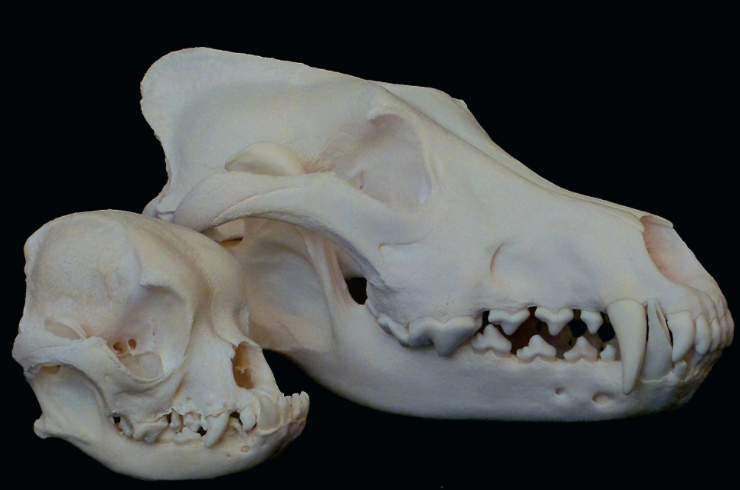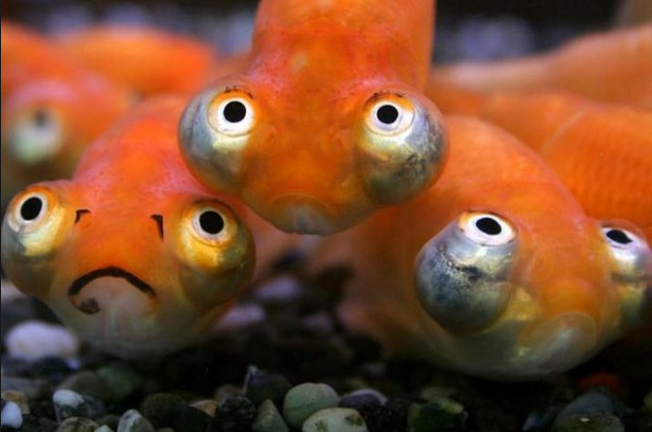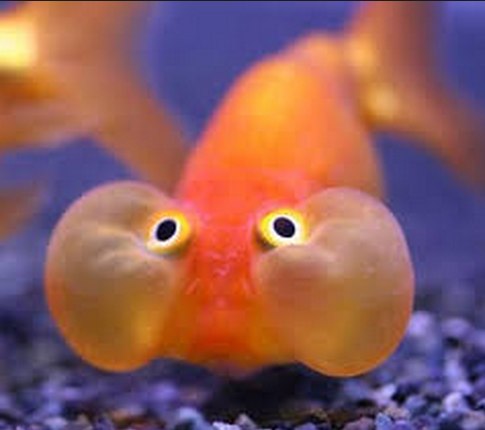Then to add to the dissolution with mankind that came after watching this, two news articles this week regarding the badger cull and the unnecessary killing of birds of prey in the UK. The ruling by the British courts mean that the Badger Cull does not require an independent reviewing and monitoring body, reducing the creditability of any data that comes out of the cull. This adds to the fact that the cull has again not hit targets for badgers shot, which will actually increase the risk of bovine TB transmission. This is an example of the idiocy by the legal establishment. With regards to the killing of raptors, this is just a sickening and depressing thing to see. These are majestic and beautiful creatures, many of which are endangered. I just hope that the people responsible are court and prosecuted, but that means relying on the same legal system that seems to willingly defy common sense and the scientific consensus.
But fear not, there are a lot of organisations out there fighting for our planet. One book that will give you hope is Andre Balmford's book Wild Hope. It documents conservation successes, so it's a good thing to read when your had a news week like this!! And positive news from Ethiopia, re-greening appears to be working!! (Link below) So don't despair, if we all make a concious effort and do what Ghandi said ("be the change you wish to see") then we can make a difference, despite the lack of willpower from the political establishment.
Youtube video
https://www.youtube.com/watch?v=eVsCnk1b5qc
Badger cull
http://www.theguardian.com/environment/2014/oct/29/badger-cull-campaigners-lose-legal-battle
Birds of prey
http://www.theguardian.com/environment/2014/oct/30/hundreds-of-birds-of-prey-being-shot-or-poisoned-in-uk-rspb
Positive conservation stuff to restore your faith in humanity
http://press.uchicago.edu/ucp/books/book/chicago/W/bo13823467.html
http://www.theguardian.com/environment/2014/oct/30/regreening-program-to-restore-land-across-one-sixth-of-ethiopia




 RSS Feed
RSS Feed
